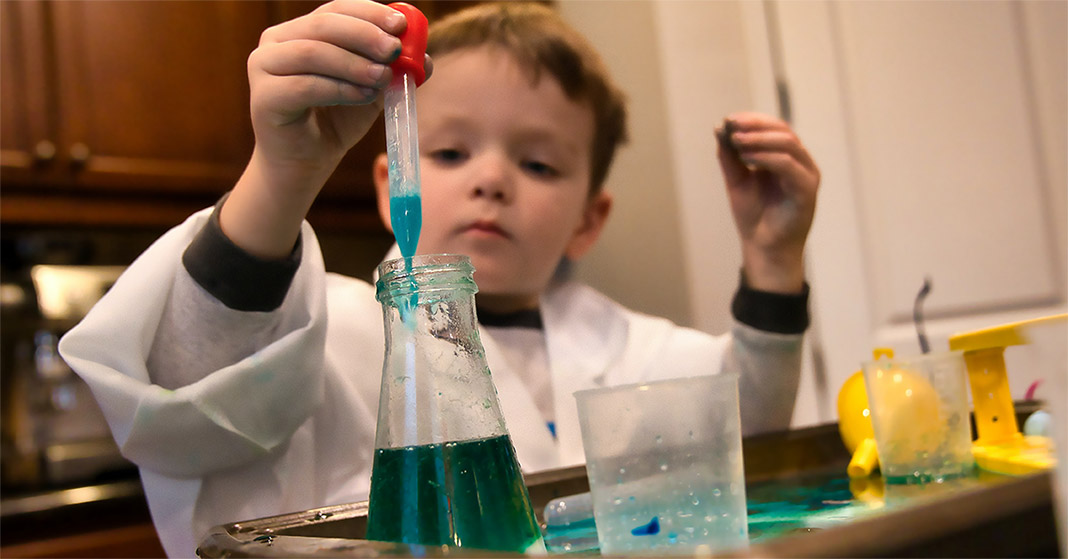
Plant and animal cells are microscopic and have many complex parts to learn. It can be difficult for students to learn about what they cannot see. Making an edible cell model is a great active learning strategy. Choosing the components and building the cell project will help students remember all the parts. Knowing they can eat their cell model afterward adds extra excitement to the project. We’ve listed 4 edible cell model ideas that will boost your child’s retention of plant and animal cell biology concepts and double as snack time or dessert.
8 Best Reading Apps for Kids
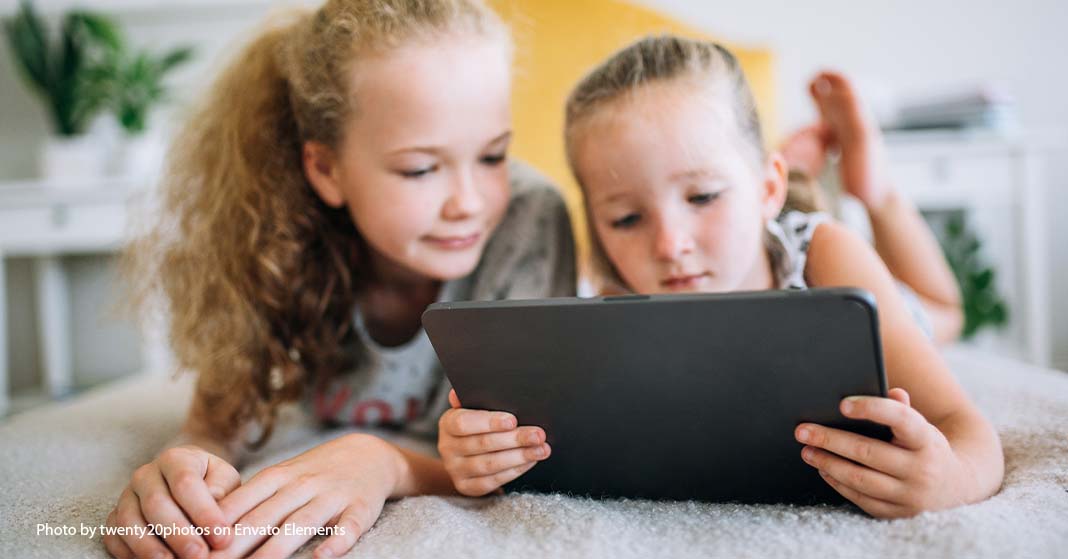
Reading apps for kids are a great way to turn screen time into a learning opportunity. Dozens of reading apps provide simple, step-by-step methods, educationally proven to develop kids’ reading skills. Many of these apps incorporate fun songs, stories, and games to keep your child engaged in learning. Whether you’re at home or in the waiting room at the dentist’s office with your children, take advantage of one or more of these great reading apps. We’ve narrowed down the best reading apps for kids to help you choose the right one for your child’s reading needs.
5 Melted Crayon Art Ideas for Broken Crayons
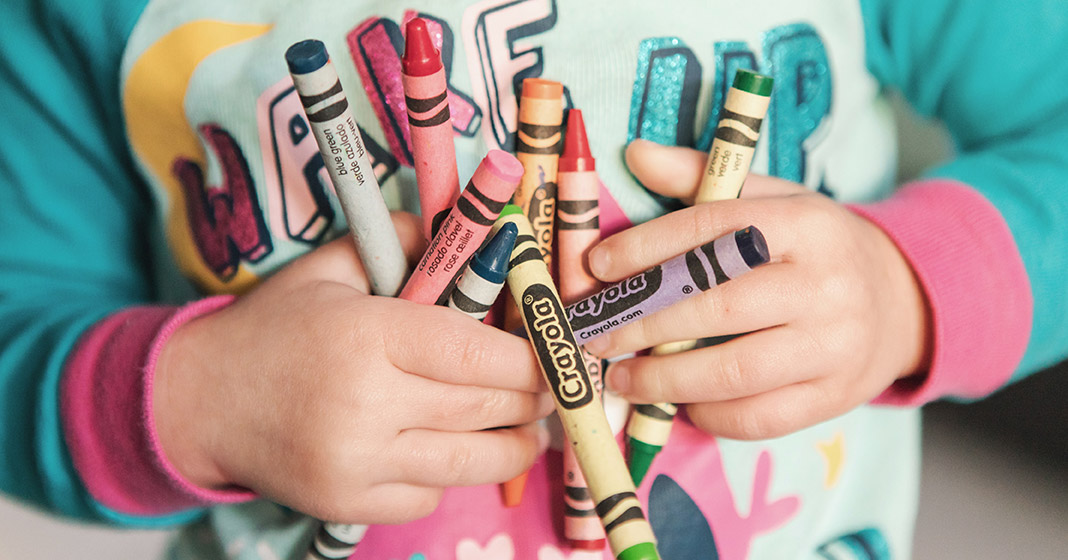
Wondering what to do with old and broken crayons? Don’t toss them—turn them into broken crayon art! There’s something special about opening a brand-new box of sharp crayons. Those little spears of colors lined up in perfect rows. But even when crayons become dull or break, they don’t wear out their usefulness. You can melt and reuse them to create many fun art projects and crafts with your children. You can make multi-colored crayons out of old ones or create a melted crayon painting, pumpkin, or ornament. Here are five melted crayon art ideas with pictures for inspiration for activities with your children.
Visual Learner: Characteristics, Study Tips, & Activities
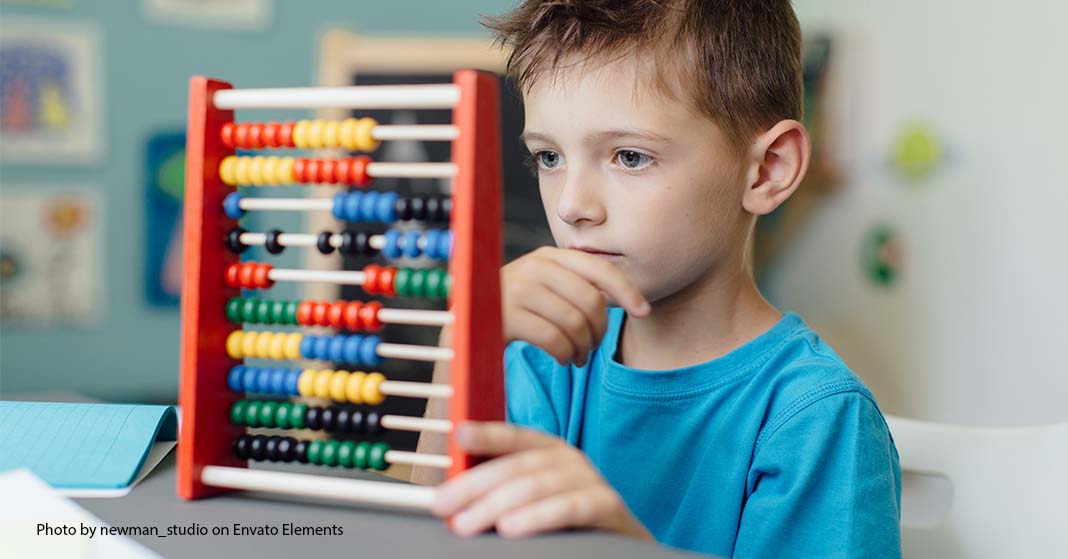
For a visual learner, a picture is worth ten-thousand words. Visual learners, or spatial learners, prefer to learn by seeing. The visual learning style is the first of Neil Fleming’s original VARK model, which includes visual, auditory, read/write, and kinesthetic learning types. We’ll give you several strategies to help visual learners make the most of their preferred learning style. Using visual aids in the classroom can benefit all students because every brain processes images faster than text and tends to store them as long-term memories. So all students can benefit from the promotion of a multisensory educational experience at home or in the classroom.
[Read more…] about Visual Learner: Characteristics, Study Tips, & Activities
10 Ways to Create a Positive Learning Environment
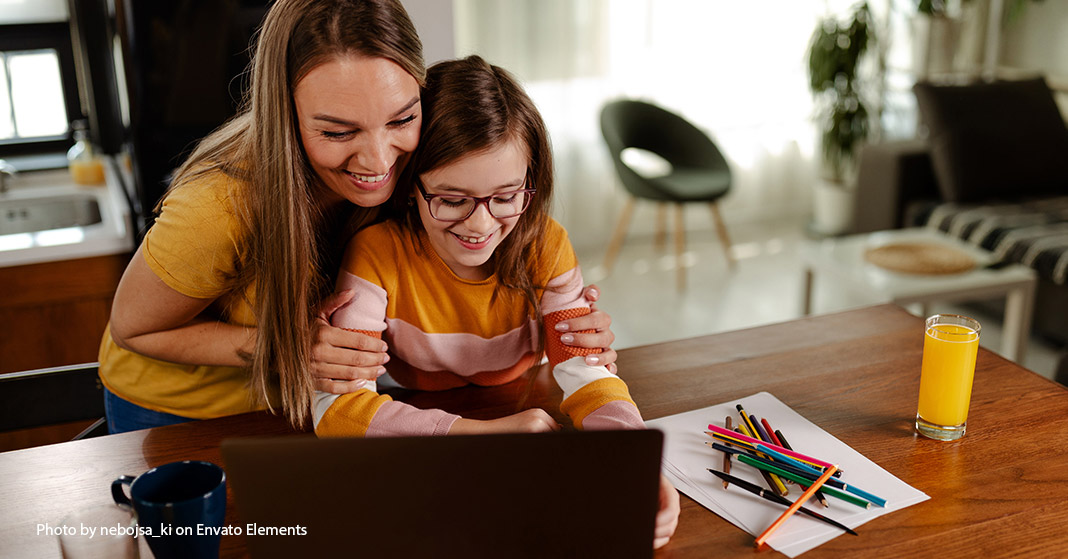
As a homeschool parent or teacher, you may be wondering how to create a positive learning environment for your students. Take a moment to think back on your childhood educational experience and recall your favorite teacher or what you loved about being a homeschool student. Why was he or she was your favorite? Was it their tough but fair grading? An inviting learning environment full of well-organized materials? Or was it simply that you knew the teacher cared about you and your success? It can be difficult to understand exactly what about your favorite teacher or homeschool experience appealed to you, but ultimately, the positive learning environment he or she created made your experience enjoyable. We’ll help you understand what a positive learning environment is and give you tips on how to make your classroom or homeschool an effective place for learning.
[Read more…] about 10 Ways to Create a Positive Learning Environment